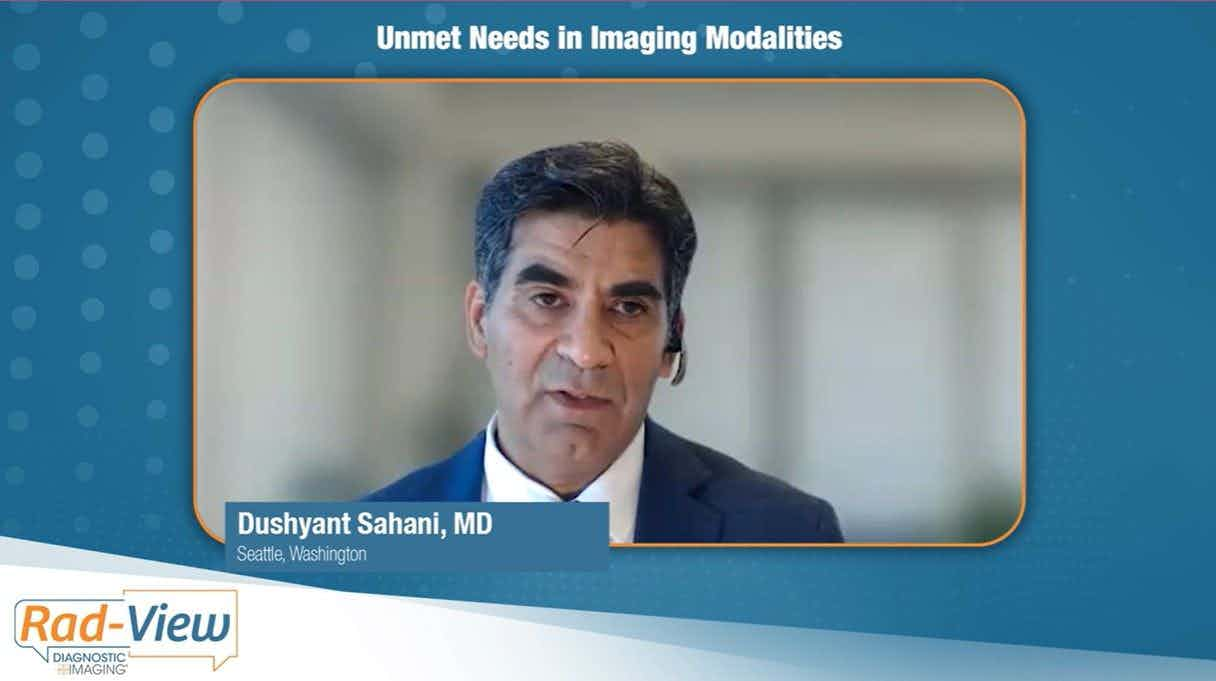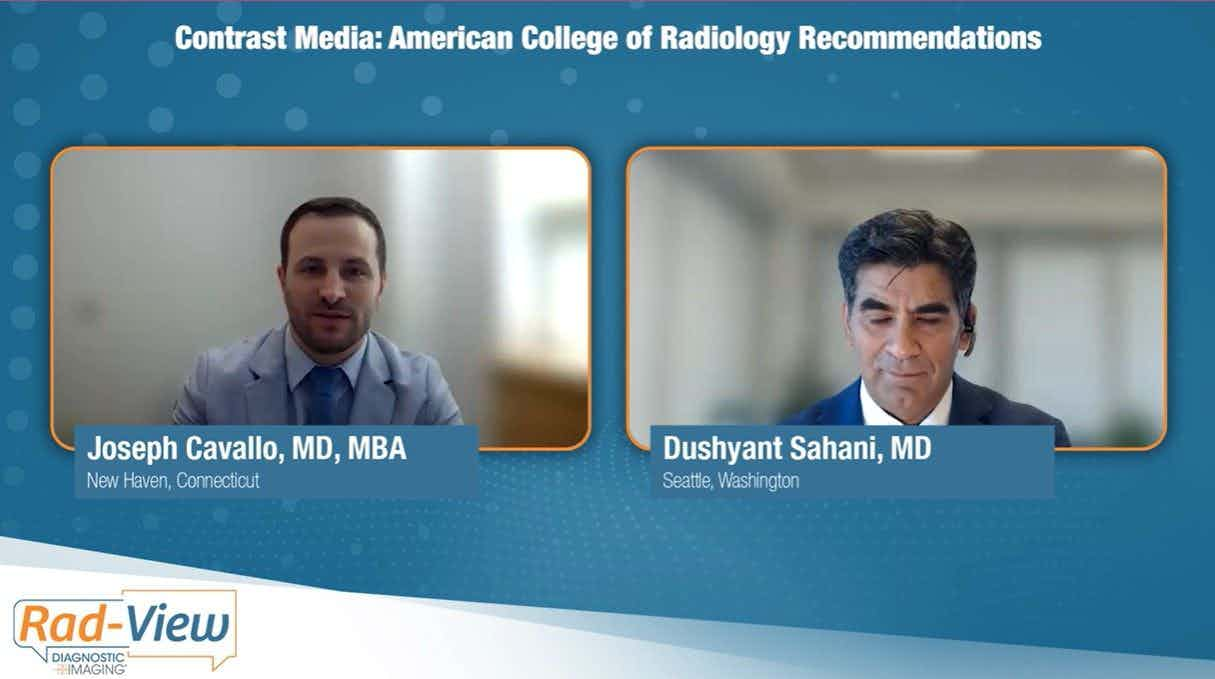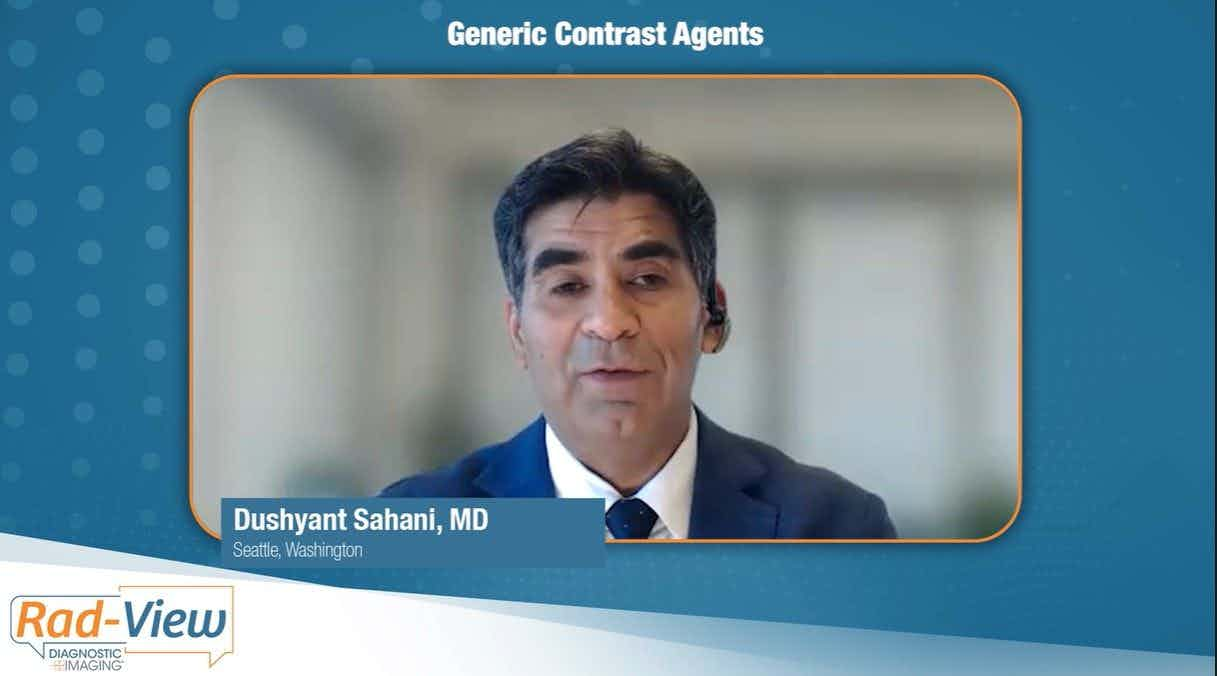New Study Assesses Cancer Risks with CT in Pediatric Patients
While one computed tomography (CT) scan appears to have no elevated cancer risk in pediatric patients, four or more pediatric exposures to CT scans are associated with increased risks for intracranial tumor, leukemia, and non-Hodgkin lymphoma, according to newly published research out of Taiwan.
In a new study involving data from over 85,000 people 25 years of age or younger, researchers found that exposure to two to three computed tomography (CT) exams at or prior to the age of 18 may lead to elevated risks for intracranial tumor, and exposure to radiation from four or more CT exams can lead to significantly increased risks for intracranial tumor, leukemia, and non-Hodgkin lymphoma.
Drawing from the National Health Insurance Research Database (NHIRD) in Taiwan, researchers reviewed data from 7,807 patients who were diagnosed with intracranial tumors, leukemia, non-Hodgkin lymphoma or Hodgkin lymphoma between January 1, 2000 and December 31, 2013, and 78,057 matched controls, according to the study, which was recently published in the Canadian Medical Association Journal.
The study authors found no evidence of increased cancer risk with one pediatric exposure to CT-related radiation. However, the researchers found that two to three pediatric CT scans more than doubled the risk of intracranial tumor (adjusted odds ratio (OR) 2.36). Four or more CT exams at or prior to the age of 18 resulted in a ninefold higher risk of intracranial tumor (adjusted OR 9.01) as well as significantly elevated risks for non-Hodgkin lymphoma (adjusted OR 6.76) and leukemia (adjusted OR 4.80).
“Unnecessary CT scans should be avoided, and special attention should be paid to patients who require repeated CT scans. Parents and pediatric patients should be well informed on risks and benefits before radiological procedures and encouraged to participate in decision-making around imaging,” wrote study co-author Wei-Hao Wang, M.D., MSc., who is affiliated with the Department of Pediatrics at Changhua Christian Hospital in Changhua, Taiwan, and the Graduate Institute of Biomedical Information at the College of Medical Science and Technology at Taipei Medical University in Taiwan, and colleagues.
Overall risks for cancer associated with increased CT radiation exposure were highest among children six years of age or younger, according to the study authors. In this population, there was a 22.95 adjusted overall OR for the aforementioned conditions with four or more pediatric CT exposures, a 1.65 OR with three pediatric CT exposures and 1.54 OR with two pediatric CT exposures.
(Editor’s note: For related content, see “Large Multinational Study Shows Link Between CT Radiation Exposure and Brain Cancer in Children and Young Adults,” “Emerging Advances with PET/CT Imaging in Pediatric Radiology” and “Iodinated Contrast Media Exposure: Is Subsequent Thyroid Monitoring Warranted for Young Pediatric Patients?”)
The study authors noted that cancer risk increases when recurrent radiation exposure leads to cumulative DNA damage that exceeds DNA repair abilities. However, they also cautioned that the aforementioned conditions are uncommon in children and that cancer risks can be overestimated due to confounding risk factors and a low number of participants in the high radiation groups in the study.
In regard to confounding risk factors, the researchers acknowledged the lack of sufficient data on smoking, obesity, alcohol use and exposure to pesticides or phthalate-containing medications in the NHIRD database they utilized for the study. They pointed out a lack of data on germline genomic alterations that reportedly affect approximately 10 percent of patients with childhood or adult cancers. The study authors also conceded they were unable to detect possible effects of high radiation doses due to a small number of patients in the high-radiation groups.
Study with CT Data Suggests Women with PE Have More Than Triple the One-Year Mortality Rate than Men
April 3rd 2025After a multivariable assessment including age and comorbidities, women with pulmonary embolism (PE) had a 48 percent higher risk of one-year mortality than men with PE, according to a new study involving over 33,000 patients.
The Reading Room: Racial and Ethnic Minorities, Cancer Screenings, and COVID-19
November 3rd 2020In this podcast episode, Dr. Shalom Kalnicki, from Montefiore and Albert Einstein College of Medicine, discusses the disparities minority patients face with cancer screenings and what can be done to increase access during the pandemic.
Predicting Diabetes on CT Scans: What New Research Reveals with Pancreatic Imaging Biomarkers
March 25th 2025Attenuation-based biomarkers on computed tomography (CT) scans demonstrated a 93 percent interclass correlation coefficient (ICC) agreement across three pancreatic segmentation algorithms for predicting diabetes, according to a study involving over 9,700 patients.
Can Photon-Counting CT be an Alternative to MRI for Assessing Liver Fat Fraction?
March 21st 2025Photon-counting CT fat fraction evaluation offered a maximum sensitivity of 81 percent for detecting steatosis and had a 91 percent ICC agreement with MRI proton density fat fraction assessment, according to new prospective research.










